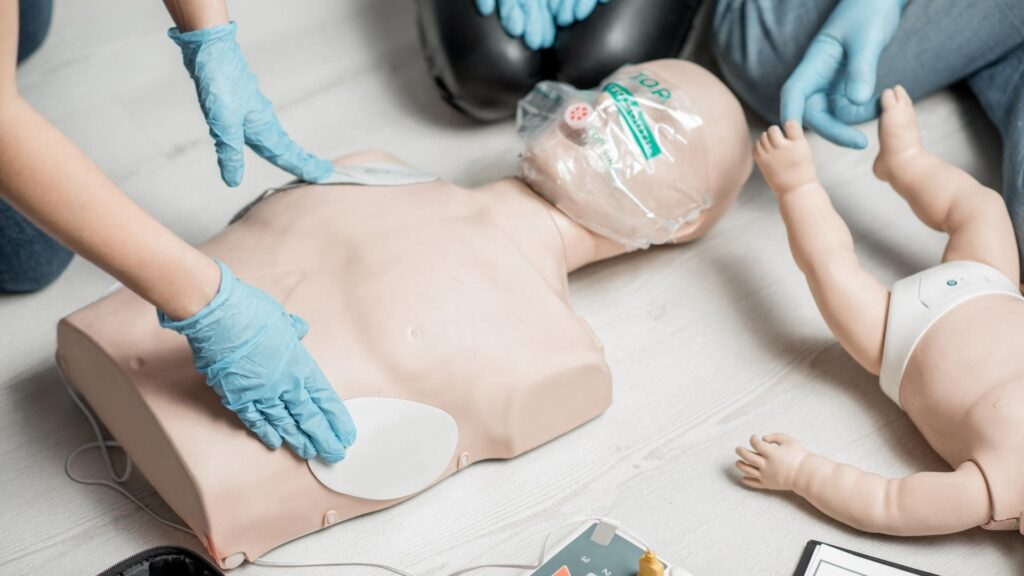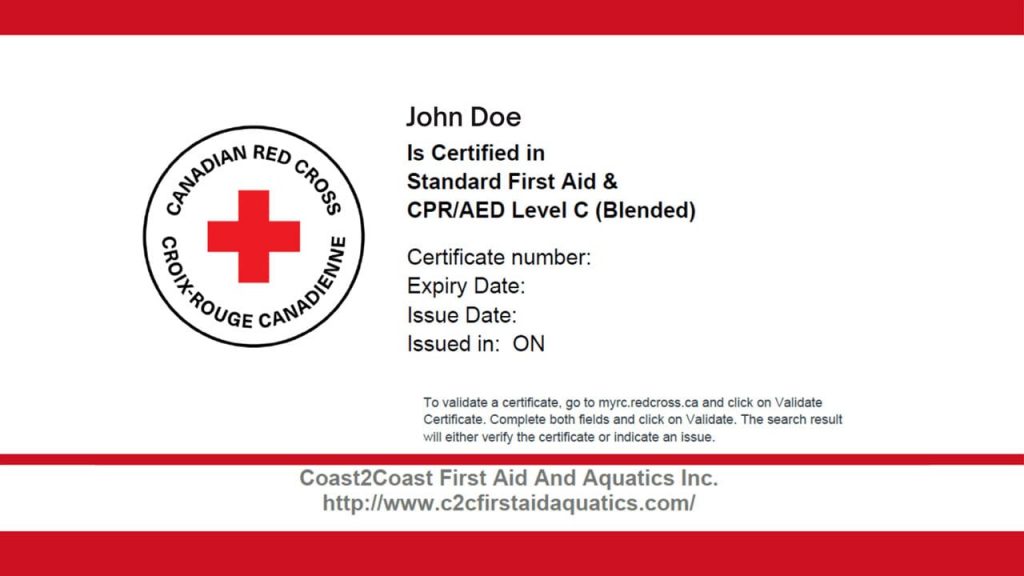What do you do if you see someone who looks like they are suffering from an intense allergic reaction? Chances are, they are encountering a severe allergic reaction called Anaphylaxis. If you are performing first aid on someone with anaphylaxis, there are some urgent steps you need to take to ensure that their life is not endangered.
What is Anaphylaxis?
Anaphylaxis, or anaphylactic shock, is an allergic reaction that can be life-threatening as it may cause a body-wide reaction. This dangerous type of allergy can be caused by an extreme reaction to a substance that makes the airways constrict, creating difficulty breathing. People do not always have the same allergic reaction to a substance they are allergic to.
Many allergens can cause anaphylaxis, but food, medications and insect stings are the most common. Even though anaphylaxis usually occurs immediately after the person has taken the substance or has been stung, it can sometimes take more than 30 minutes for the reaction to set in. If you know you have a severe allergic reaction to something, do your best to avoid the allergen, wear a medical ID which states what your allergen is and carry the necessary medication at all times.
What Signs to Look For?
There are various signs to look out for in anaphylaxis; some of the most obvious are swellings and redness. As a first aid respondent, you must also look for other symptoms that may indicate anaphylaxis such as dizziness, confusion, distress or fainting. Here are a few more indicators of anaphylaxis:
- Hives
- Itching
- Rash
- Weakness
- Nausea
- Vomiting
- Respiratory difficulties (these can include coughing, wheezing and a tight throat or chest) or an obstructed airway caused by the swelling of the tongue or throat
How to Care for Someone with Anaphylaxis?
When offering first aid assistance to a person with an unusual rash or inflammation, the most likely culprit is contact with an allergen. You need to immediately assess the patient’s breathing and airway. If you notice the person is in respiratory distress, help them into a comfortable position where they can breathe more easily.
If the patient displays any signs of respiratory distress or if they complain that their throat or chest is closing, you need to immediately suspect anaphylaxis. Be sure to call EMS or 911 immediately since anaphylaxis is life threatening.
The patient should be kept calm and you should monitor their airway, breathing and circulation (ABCs). Try to keep them calm and encourage normal breathing.
Be Prepared for Allergic Reactions!
When to Use an Epinephrine Auto-Injector
Patients that have known extreme allergies to certain substances usually avoid the allergens but should always carry an epinephrine auto-injector with them because not all allergens are easy to avoid. Unfortunately, sometimes people are not aware that they have an extreme allergy to something.

Epinephrine hydrochloride is the drug contained in an epinephrine auto-injector. When injected, the drug immediately slows the anaphylactic shock by reducing the swelling. It does this by constricting the blood vessels. The adrenaline in the drug minimizes the risk of cardiovascular collapse by increasing the heart rate, and it reduces the effects of the allergen by minimizing the body’s release of additional histamines.
If the patient has an epinephrine auto-injector, you can assist them to inject it. If it’s within your scope of practice you can also inject them, but not before first checking that you meet the basic rules of assisting someone with medication. Usually, a person with a known allergy that has an epinephrine auto-injector will also have an allergy identification. Even after the patient with anaphylaxis gets a dose of epinephrine, they will still need to be taken to a medical facility immediately to correct the underlying condition.
How to Use an Epi-pen?
In a situation where you have a patient with anaphylaxis who cannot inject themselves, please confirm the person needs assistance and you have the correct medication before you inject them yourself. It is also extremely important to check the instructions.
Remove the safety cap from the auto-injector carefully to avoid injuries from the needle.
The injection tip must be positioned in the center of the outer thigh, against the quadriceps muscle. With a quick motion, push the needle firmly against the thigh. You will hear a click, and the auto-injector must be held in place as directed on the package (usually for 10 seconds). This allows the complete dose to be administered.
Then remove the auto-injector and rub the site of the injection for at least 30 seconds to help with the absorption of the medication.

If there is no improvement in the patient’s condition after five minutes, a second dose of the epinephrine may be needed. Do not exceed two doses.
Note: Follow the sharps protocol to avoid any needle injuries or infections when administering the epinephrine. The epinephrine auto-injector must accompany the patient to the hospital after it is placed in a rigid sharps container.
Why First Aid Training is Important
Anaphylaxis can be a very scary situation not only for the person experiencing it, but also for the first aid respondent. It is important to keep calm and confident while assisting or administering someone with an Epi-pen injection. By enrolling in a Standard First Aid and CPR/AED Level C training course, students will learn how to handle anaphylaxis and be taught how to use an Epi-pen. Our training courses will give students the confidence they need to provide life saving skills. Register today at a location near you!
Register for CPR and First Aid Training






















No comment yet, add your voice below!